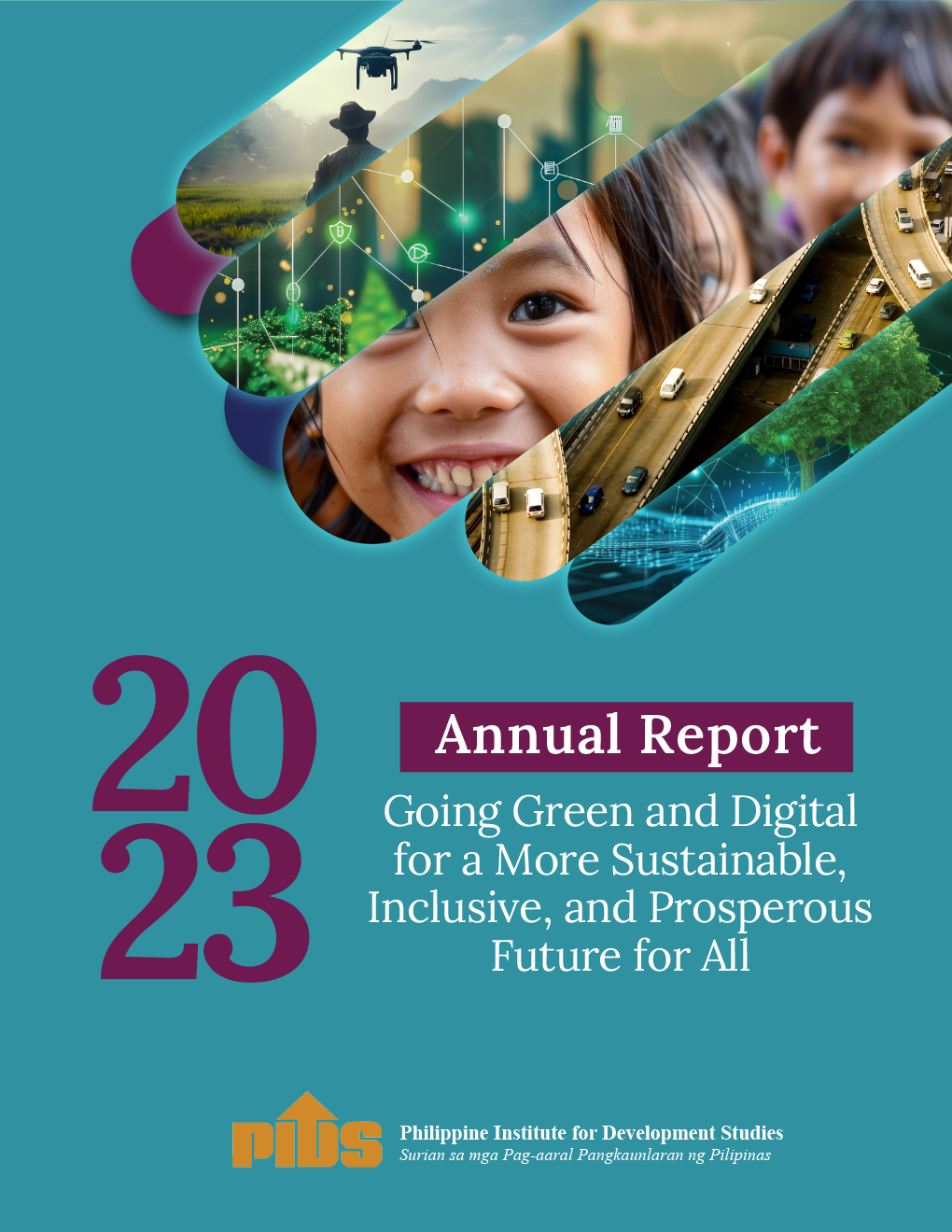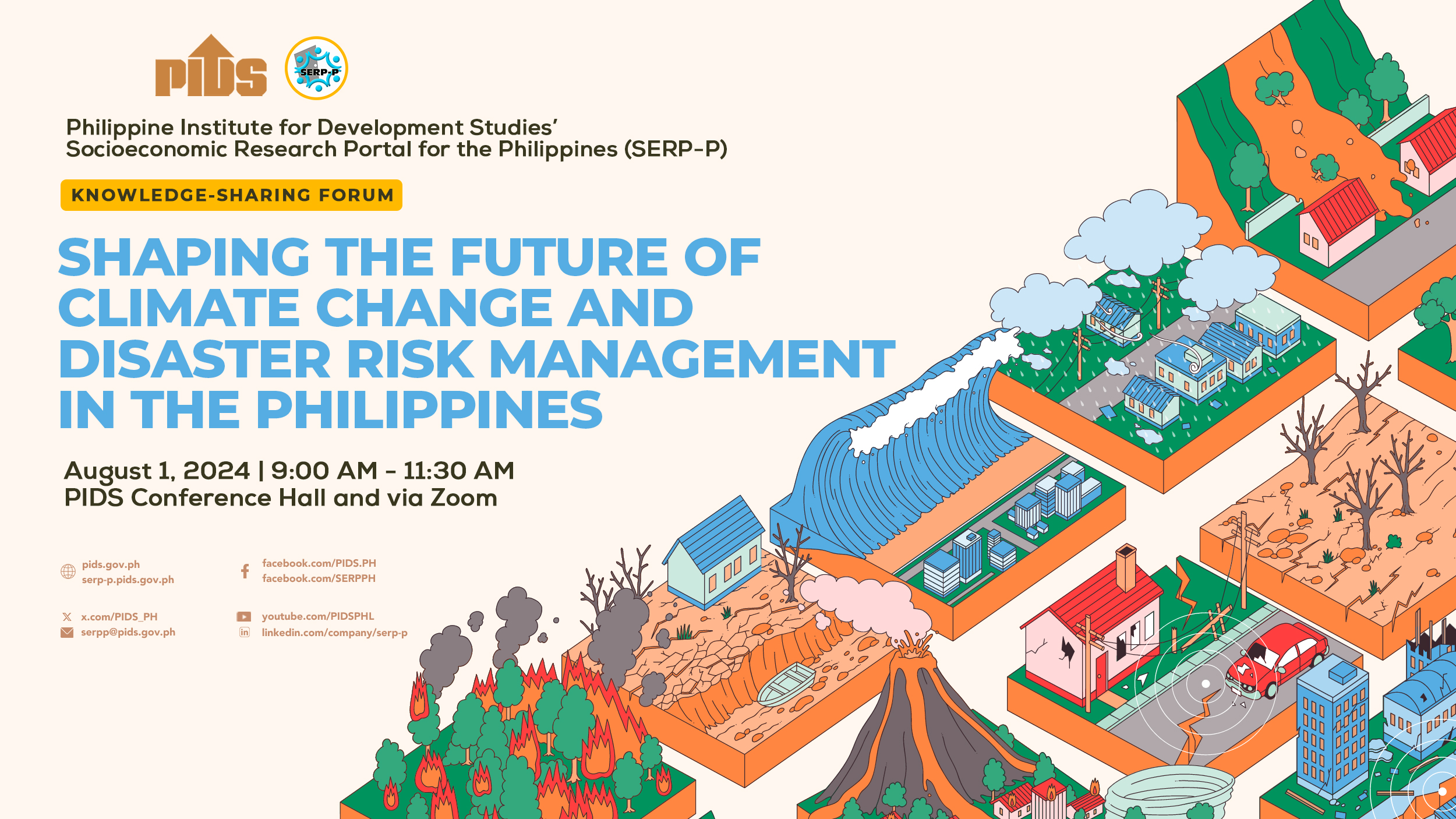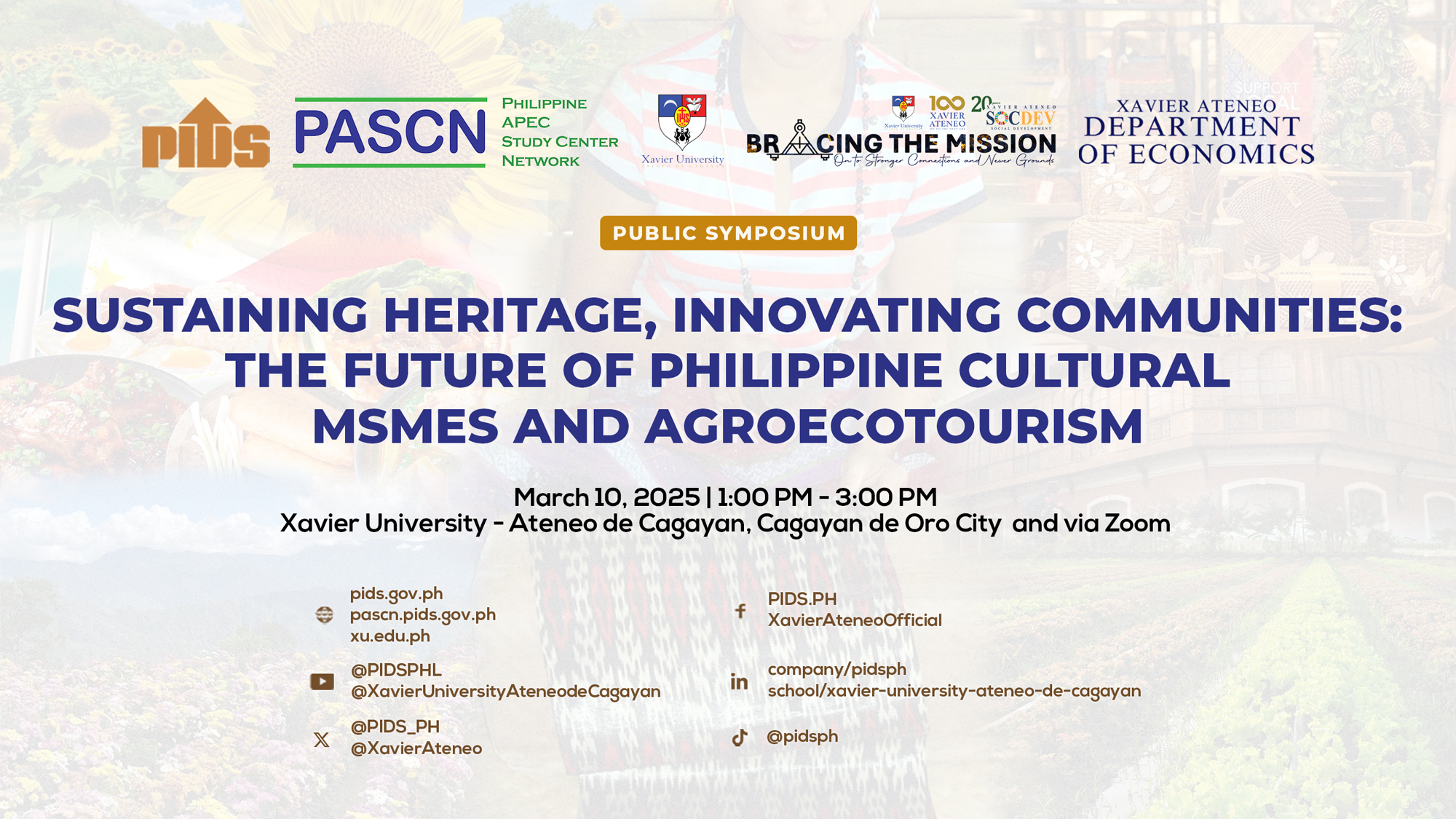IN 2013 the Canadian government released a report called "MetaScan 3: Emerging Technologies,” which listed new technologies and described how they could shape, and even disturb, different sectors of society, including the agricultural industry.
According to the report, new food and drinks could be grown inside glass or plastic vats–which need only algae, sugar, sunlight or specific nutrients–at factory-level quantities by 2028. Research is being conducted toward developing "in vitro meat” or "tubesteak,” similar to how human organs are grown in laboratories today.
Advances in synthetic biology will make these biofactories possible. This growing field of biotechnology is empowering scientists to design climate-resilient and other specialized food strains of animals and plants and reengineer biological systems that produce better raw materials for industrial purposes.
More farms will be transformed by the digital revolution. Farmers will be able to monitor air, soil, water and crop conditions from afar by using high-resolution sensors. Radio-frequency identification, global-positioning-system and biometric technologies will help track the movement and vital signs of livestock and keep tractors, tillers and other farm infrastructure well-maintained.
Fully automated farms could become a reality if these technologies are paired with advanced robotics and cloud-computing applications. In fact, Japanese engineers developed in 2010 a robot that correctly identifies and harvests ripe strawberries. Units of the robot are set to go on sale this year.
The report says full-scale automation of farms is scientifically viable by 2018 and could be cheap enough to be adopted by 2021. Fleets of agricultural robots, or "agbots,” and farm drones could plant, harvest, plough, weed and irrigate one day.
While other countries anticipate technology-driven change, Philippine agriculture still lags behind, bogged down by lackluster growth and low productivity. Since the 1980s agricultural growth has averaged only 2.05 percent, lower than developing Asia (3.4 percent) and even Sub-Saharan Africa (2.5 percent).
According to a 2013 Philippine Institute for Development Studies (PIDS) policy note, the Aquino administration’s goal of inclusive growth requires the speedy transition from traditional farming to agribusiness. The PIDS emphasized that, while our farms need more irrigation and access-to-market roads, the government must also provide more extension services, like research and development, and technology transfer, such as those mentioned in the Canadian report.
It is unfortunate that such recommendations are still being made, nearly two decades after the enactment of Republic Act (RA) 8435, or the Agriculture and Fisheries Modernization Act of 1997. This law provided a clear policy direction to how the government must intervene to raise productivity and modernize agriculture, as the country became part of the World Trade Organization.
In February a new Bureau of Agriculture and Fisheries Engineering was created and tasked with creating a new five-year National Agri-Fishery Mechanization Program.
Recently, four key agencies of the Department of Agriculture–the National Food Authority, the Philippine Coconut Authority, the National Irrigation Administration, and the Fertilizer and Pesticide Authority–were moved to the Office of the President and placed under the supervision of a new Cabinet secretary.
The government appears to be doing something, but there’s really little serious and substantive action to solve our agricultural woes. Our long-term tranquility hinges on our farms’ future.
Related Posts
Publications
Press Releases
Video Highlights
Infographics
[No related items]









